What is mehendi? Decoding of the most popular characters mehendi. How to perform mehendi at home? Sketches and stencils of mehendi on the hands and feet?
Contents of
- Mehdi picture symbols value: photos with
- inscriptions How to draw mehendi on hand step by step?
- Sketches of mehendi on the hand for beginners
- Sketches of mehendi on the foot for beginners
- Stencils on the hand for mehendi
- Stencils on the leg for mehendi
- Beautiful mehendi on the hands and feet: photo
- White mehendi on the arm: photo
- How long does the mehendi?
- How to erase mehendi?
- Mehendi for men on hand
- Video: How to make mehendi at home?
- Mehendi is a body painting with the help of a special henna. Henna, used for pictures of mehendi, has nothing to do with the usual henna, which our women dye hair
- For body painting, you need to buy a special henna that can dye the skin
- for a long time. It is sold either already in ready form in tubes that needjust open and start painting them, or in bags in the form of a dry powder that still needs to be properly diluted.
 Mehendi
Mehendi - Mehendi is suitable for those people who like tattoos, but they will not dare to take this decisive step yet. The fact is that the mehendi pattern is not eternal - it lasts only two weeks to a month. Therefore indecisive admirers of permanent tattoos can slightly abuse mehendi, and to understand whether they want to live their whole life with such an image on their body.
- Often, the mehendi drawings are used to decorate the acid and palms of the hands, as well as the feet and upper legs of the
- Figures of mehendi are performed in different styles andbear a different semantic load
Mehdi picture symbols meaning: photos with the inscriptions
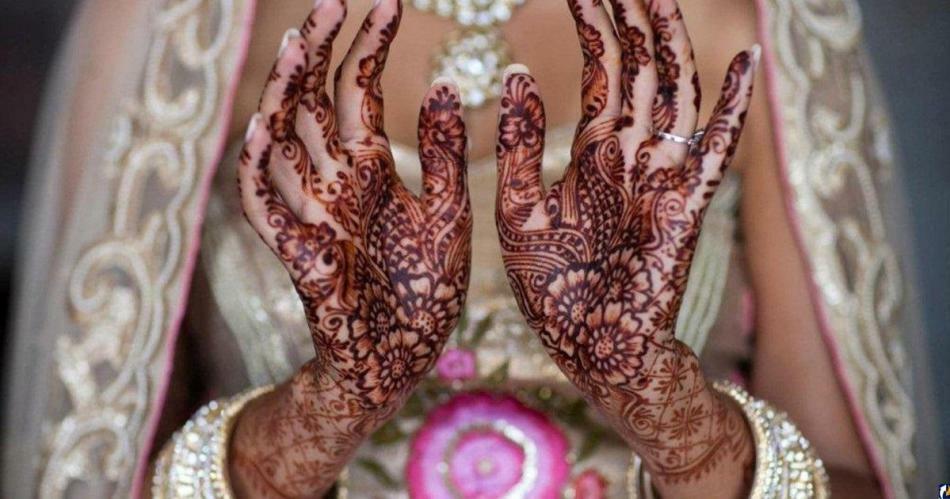 Meaning symbols value of the mehendi
Meaning symbols value of the mehendi - There are four basic styles of performing mehendi. The difference between them lies in the places where they are distributed
- The fact is that it is more common in the Middle East to draw floral motifs. Such drawings to some extent resemble Arabian embroidery. Their implementation is more spontaneous, and never answers any sketches or patterns
- North African mehendi, as a rule, are drawn in the form of geometric figures with floral motifs. Such drawings must necessarily repeat the form of the body on which they are performed.
- Pakistani and Indian craftsmen do not stop only on the palms and feet of people acting as canvases. They stretch the drawings much higher, thereby creating some kind of stockings or gloves woven from their drawings. Indian-Pakistan mehendi combines teardrop patterns, ornaments and flowing lines
- Indonesian and South Asian mehendi absorbed something from the ornaments of masters of the Middle East and India
Here are some values of the mehendi's drawings:
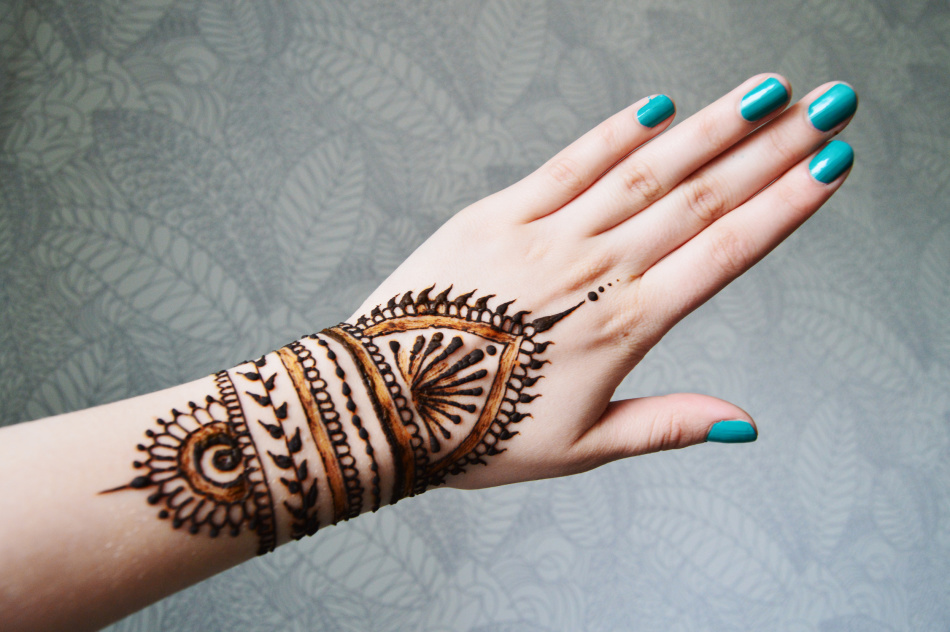 Bracelet is the key to success in amorous affairs
Bracelet is the key to success in amorous affairs  Grapevine - fidelity and devotion to the
Grapevine - fidelity and devotion to the 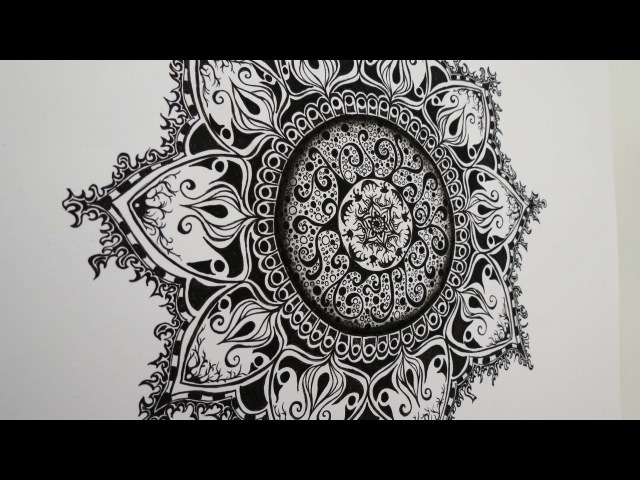 The octagon protects a person from all four corners of the world, including mixed directions
The octagon protects a person from all four corners of the world, including mixed directions 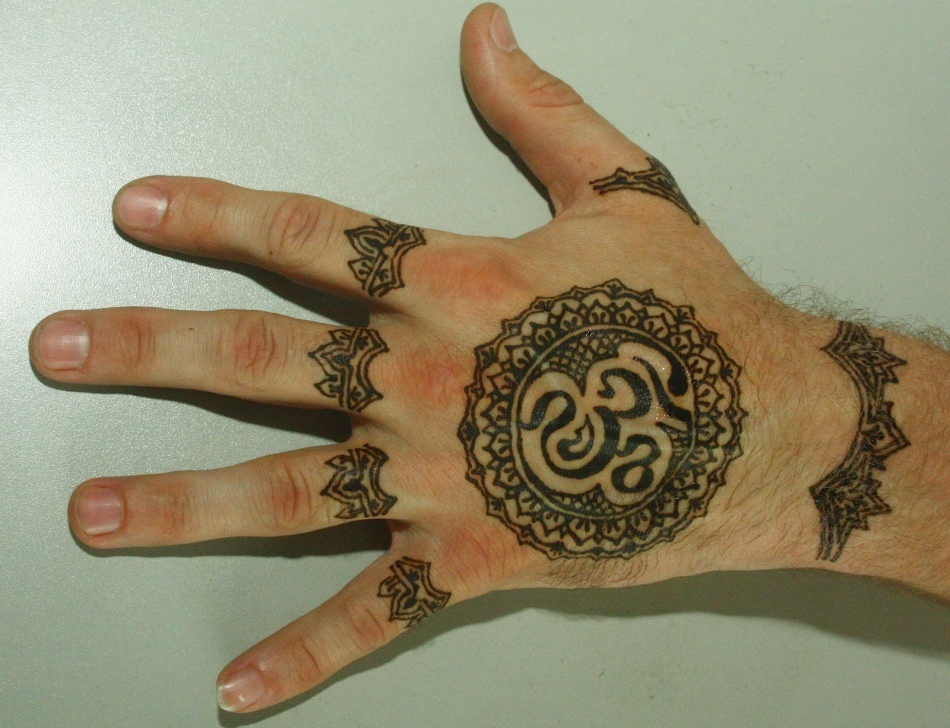 A disc in the stronger sex - domination over others,
A disc in the stronger sex - domination over others, 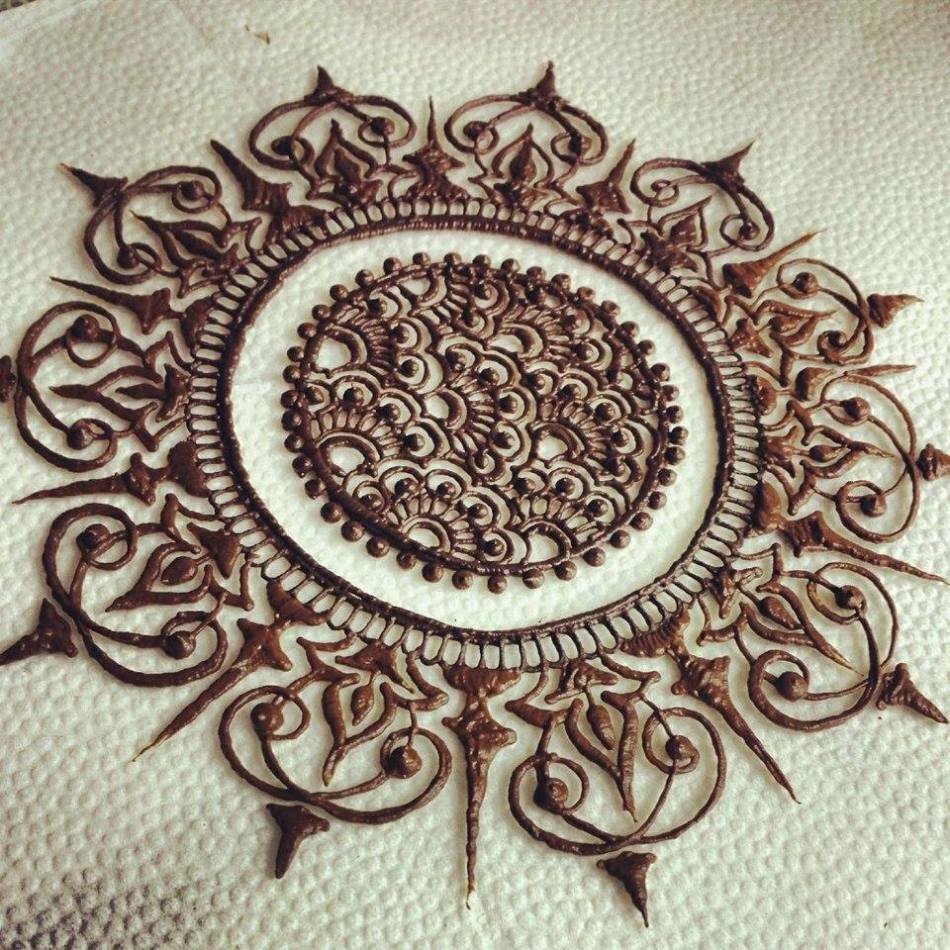 The disc in the fair sex is a symbol of chastity
The disc in the fair sex is a symbol of chastity  The five-pointed star is a symbol of the five elements
The five-pointed star is a symbol of the five elements  The six-pointed star is the harmony between a woman and a man
The six-pointed star is the harmony between a woman and a man 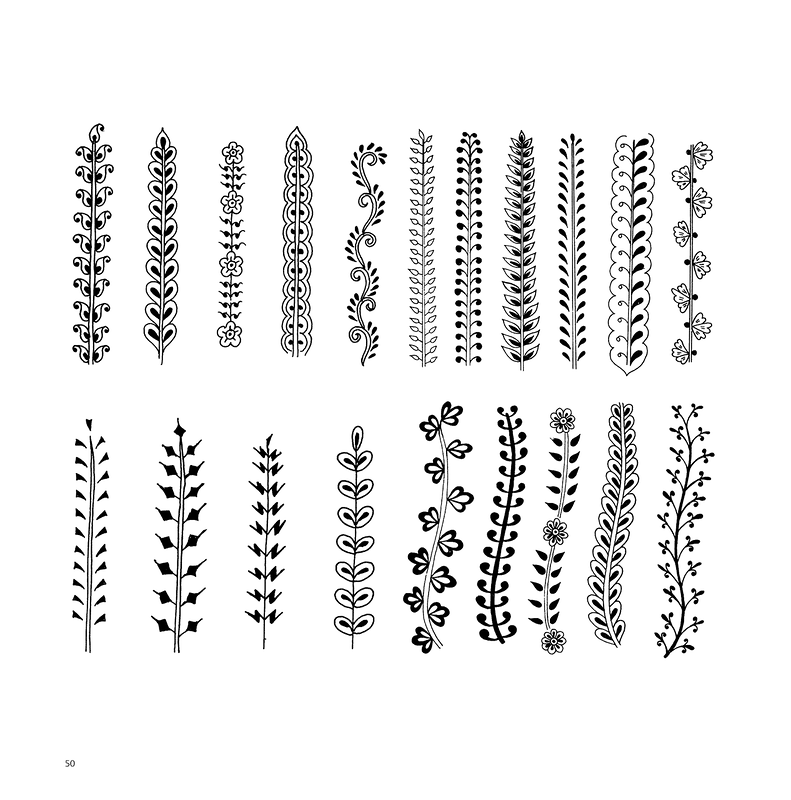 Grain is a symbol of abundance
Grain is a symbol of abundance 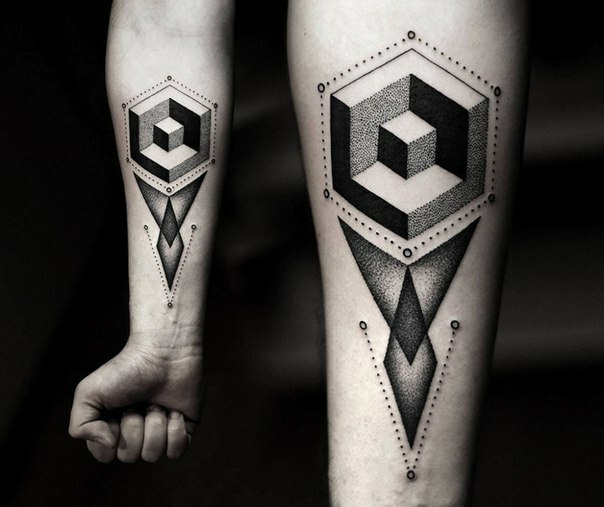 Square is a symbol of honesty and constancy
Square is a symbol of honesty and constancy 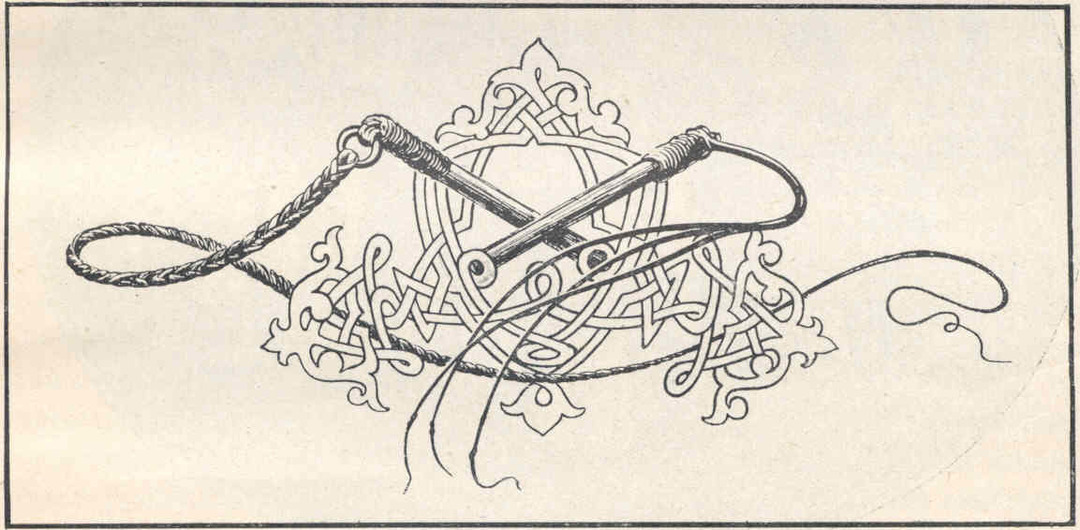 Whip -self and peace of mind
Whip -self and peace of mind 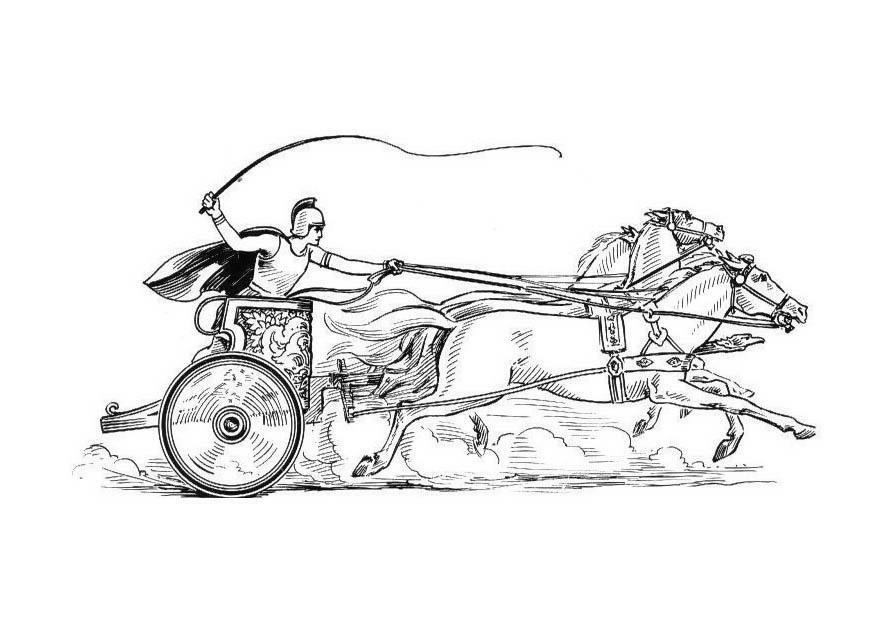 Chariot - great luggage of knowledge and good mental development
Chariot - great luggage of knowledge and good mental development 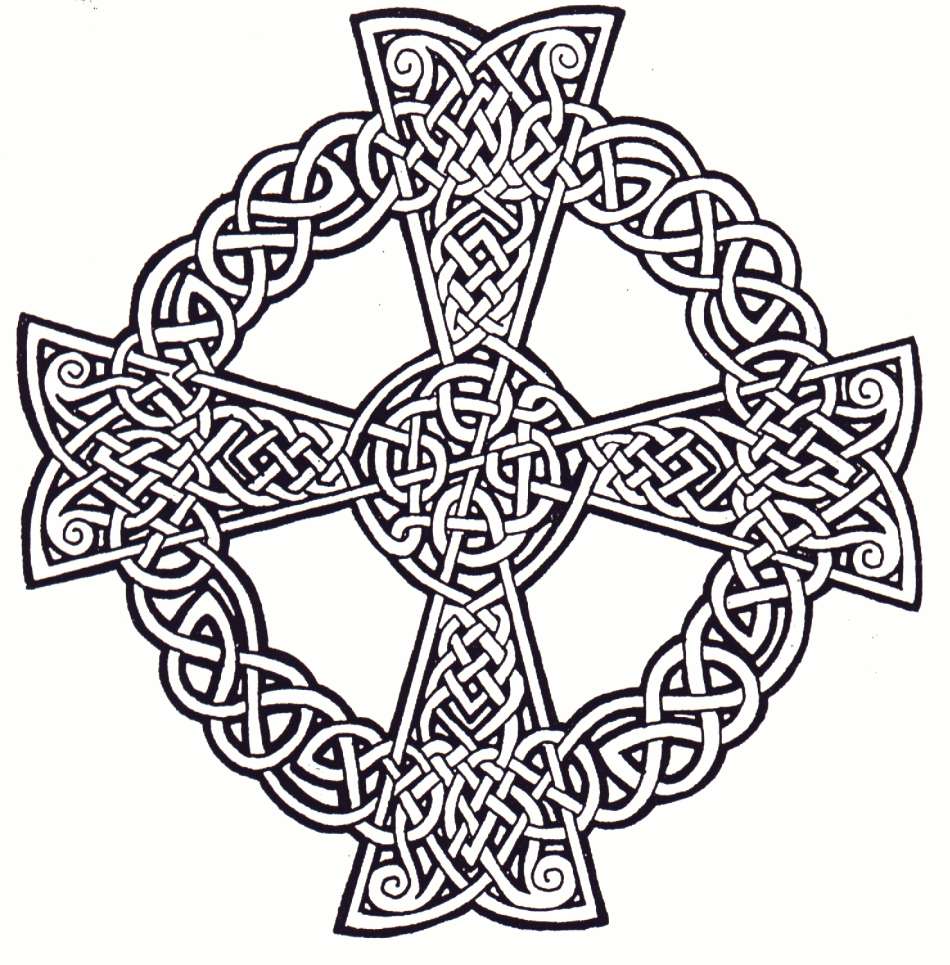 Cross is the link between heaven and earth
Cross is the link between heaven and earth 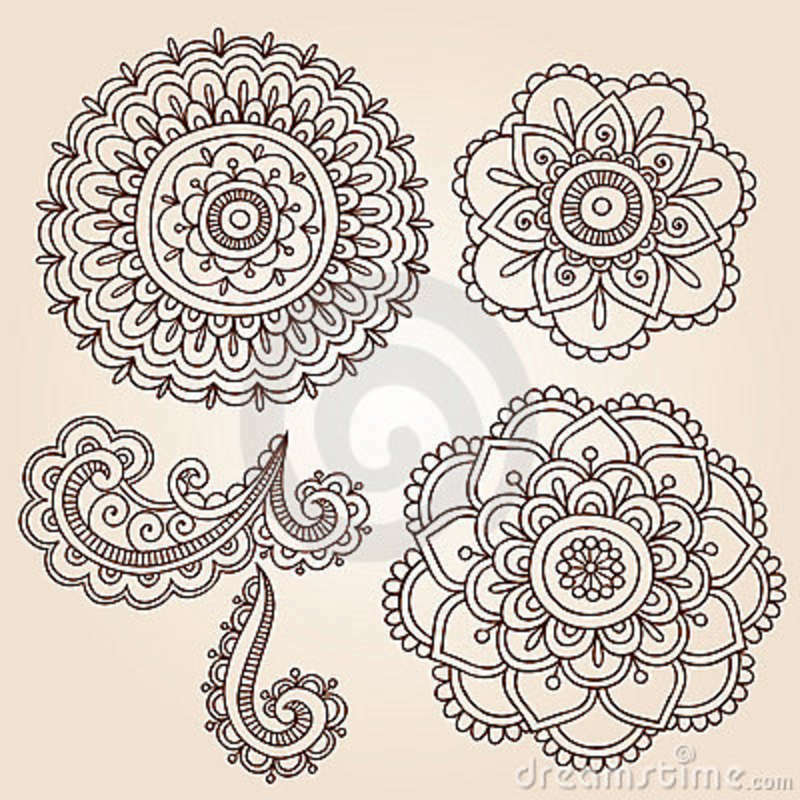 The circle is one lifeline of the
The circle is one lifeline of the 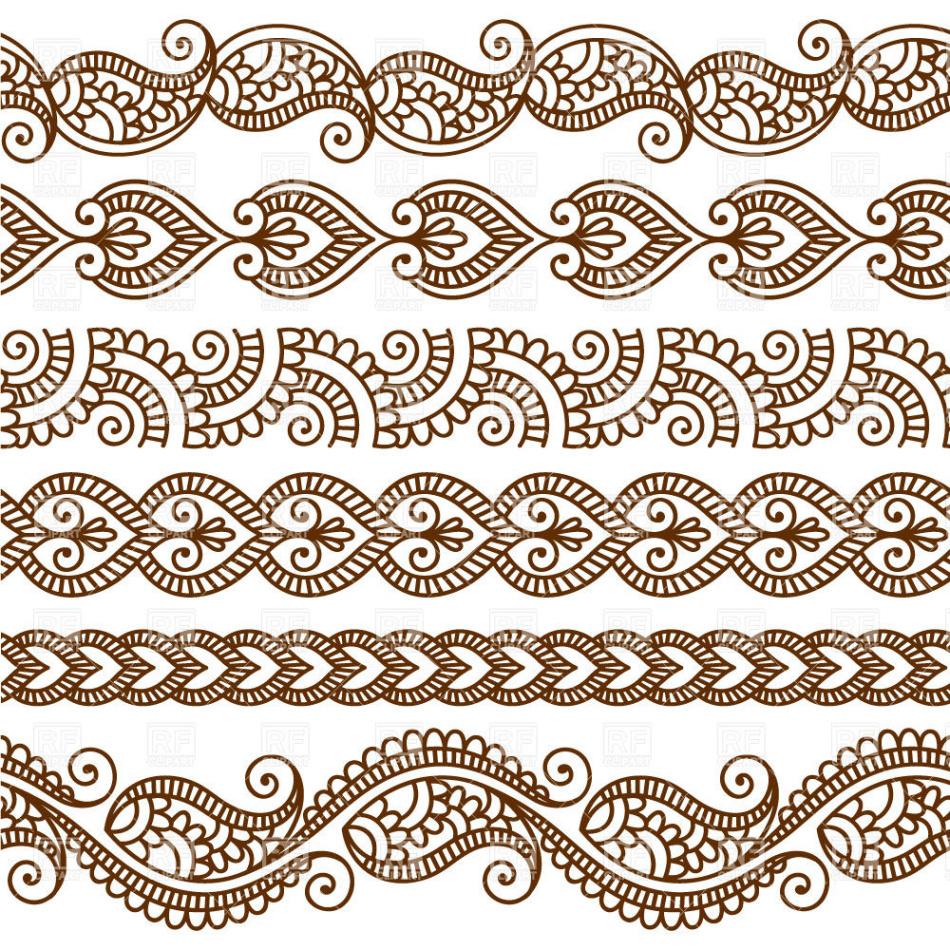 Curve of the line- luck, overcoming obstacles, career
Curve of the line- luck, overcoming obstacles, career 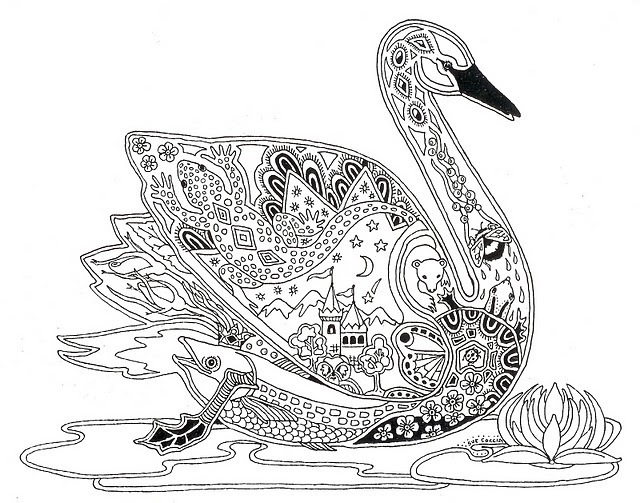 Swan - success
Swan - success 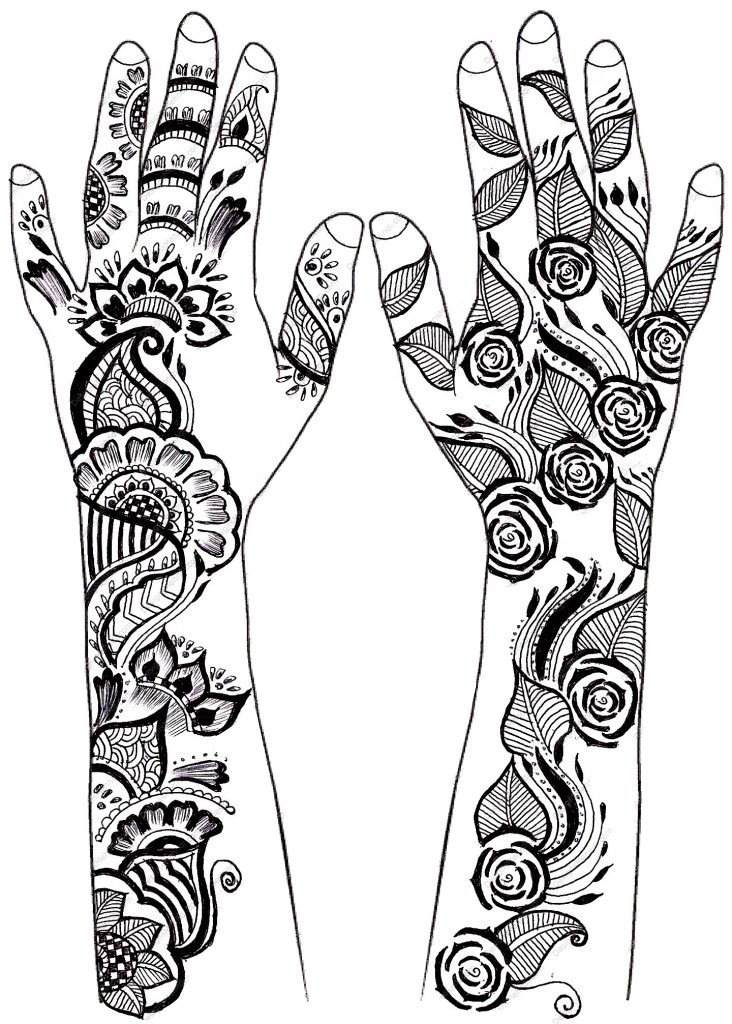 Liana - purposefulness that helps to achieve success
Liana - purposefulness that helps to achieve success  Bow and arrow - happiness in your personal life, overcoming difficulties
Bow and arrow - happiness in your personal life, overcoming difficulties 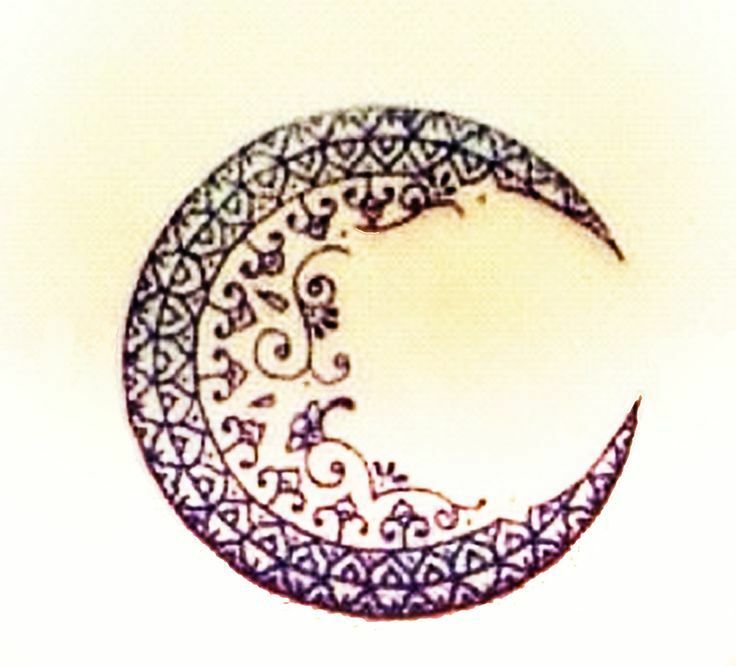 Crescent Moon - stunning beauty
Crescent Moon - stunning beauty 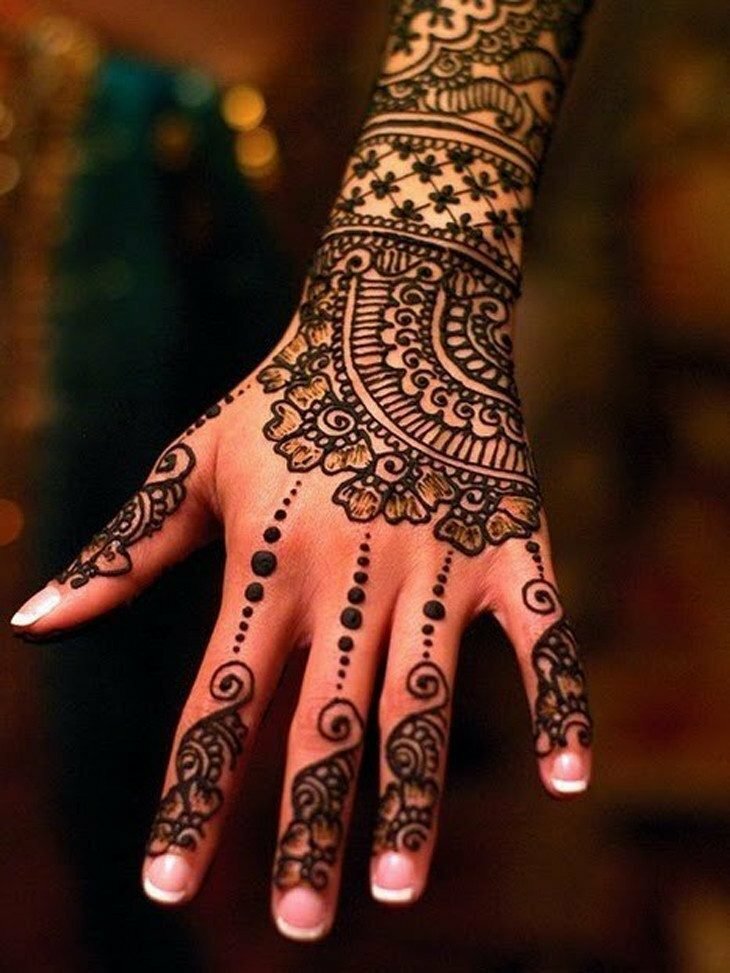 Little dots - a sign of love experienced by a woman to her spouse
Little dots - a sign of love experienced by a woman to her spouse 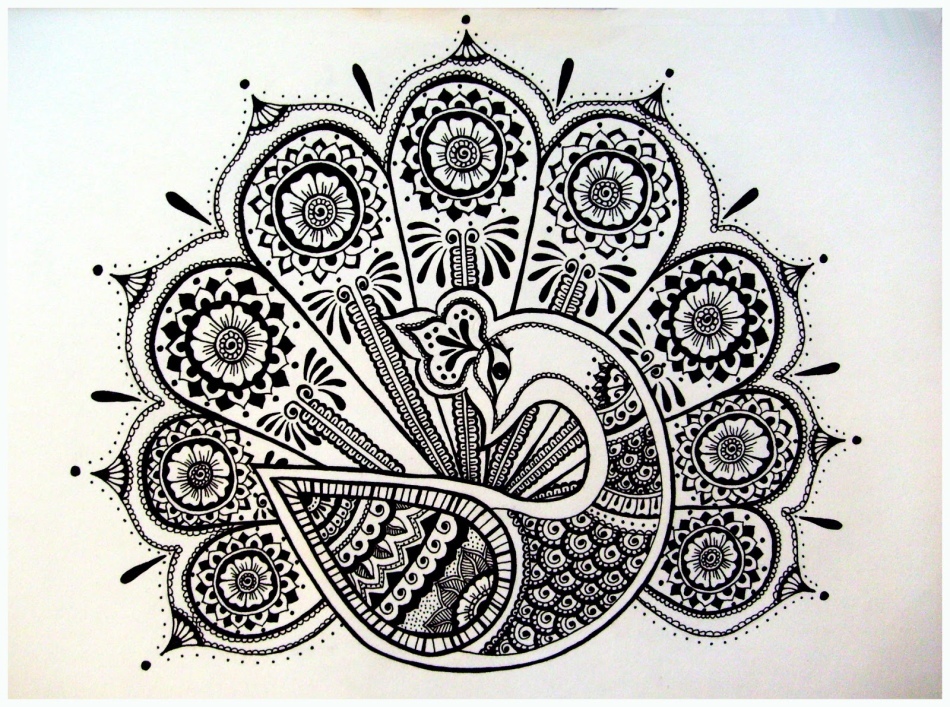 Peacock - passion, love, desire
Peacock - passion, love, desire 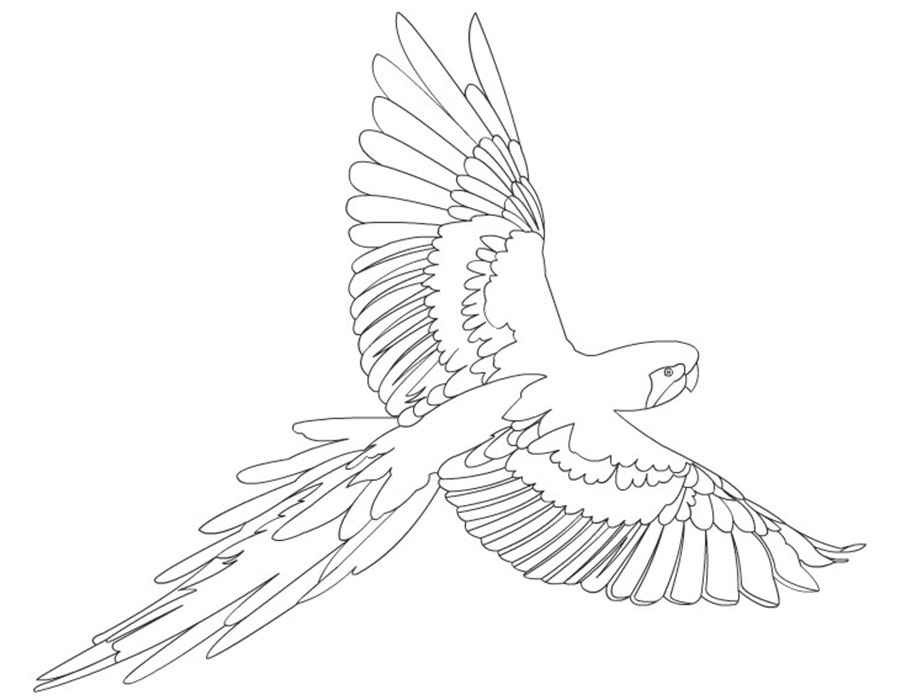 Parrot- Herald
Parrot- Herald 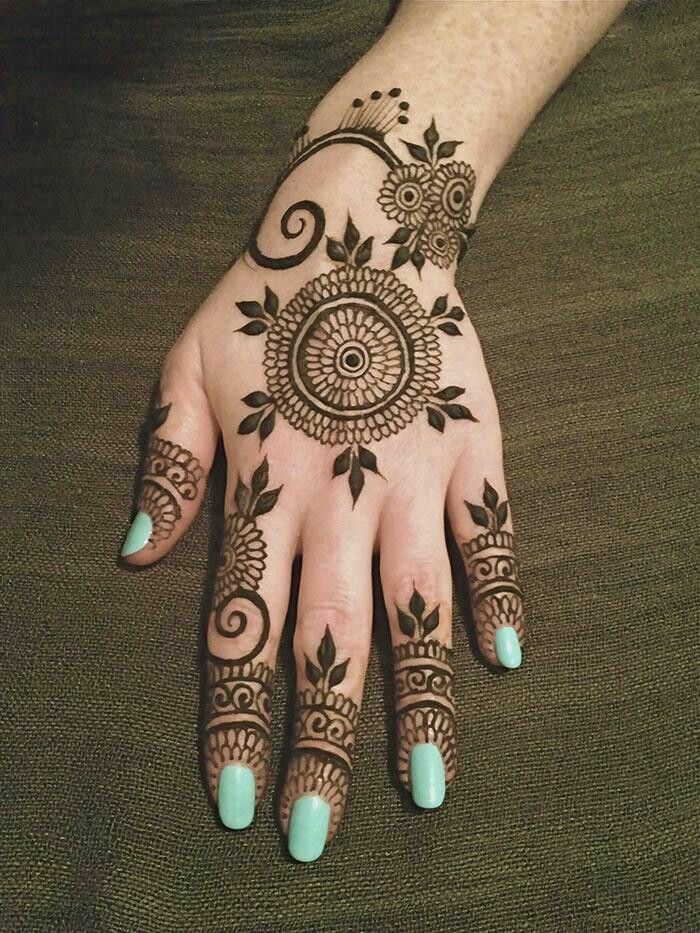 Sink - amulet from all misfortunes, a symbol of victory
Sink - amulet from all misfortunes, a symbol of victory 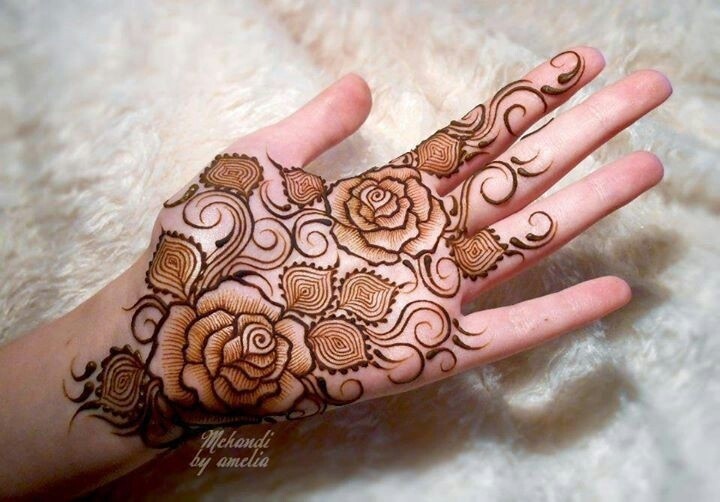 Rose - a symbol of chastity
Rose - a symbol of chastity 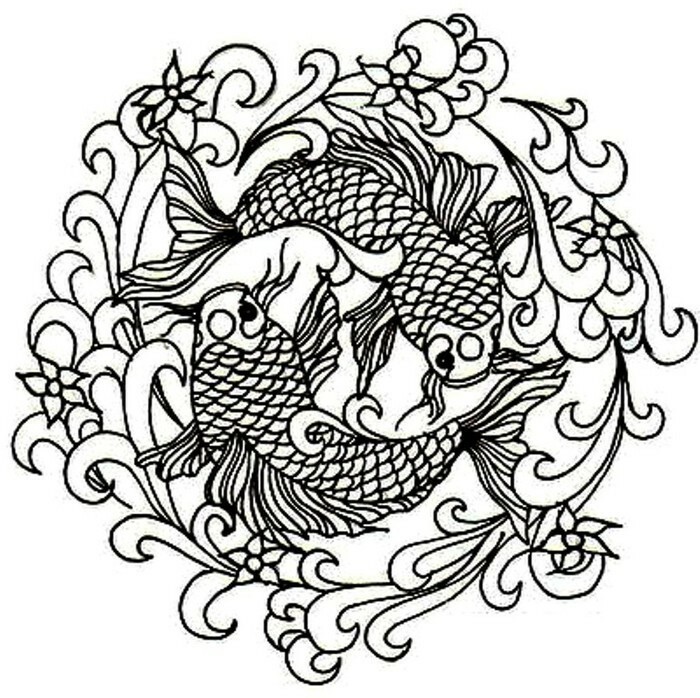 Fish - passion
Fish - passion 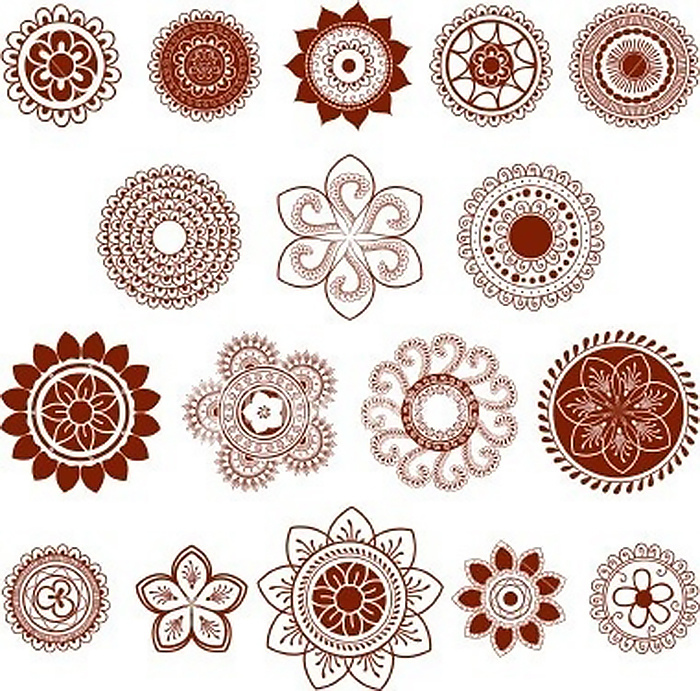 The sun is the gate to the world of knowledge and eternal life.
The sun is the gate to the world of knowledge and eternal life. 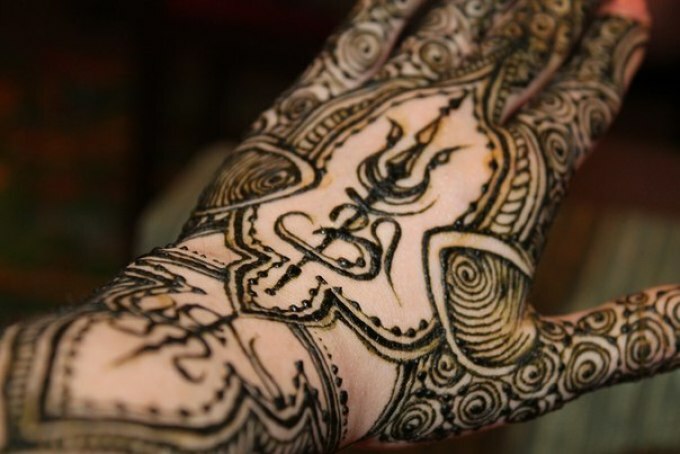 The trident of men - courage, courage and heroism, Tridentwomen's inner strength, energy
The trident of men - courage, courage and heroism, Tridentwomen's inner strength, energy 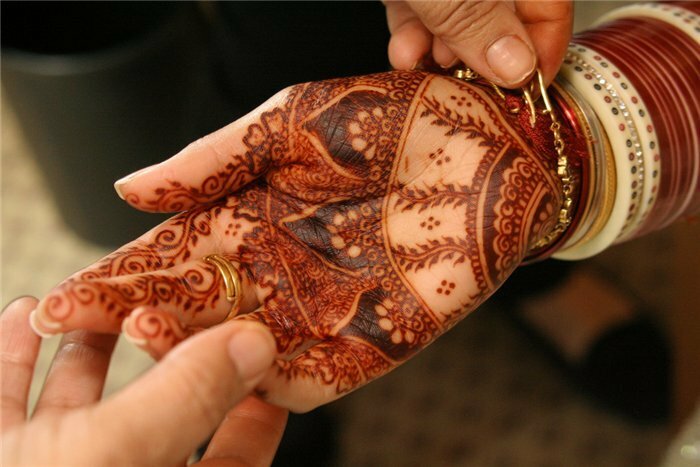 Triangle - totem from natural disasters, diseases and experiences
Triangle - totem from natural disasters, diseases and experiences  Flag is a symbol of well-being and a home
Flag is a symbol of well-being and a home 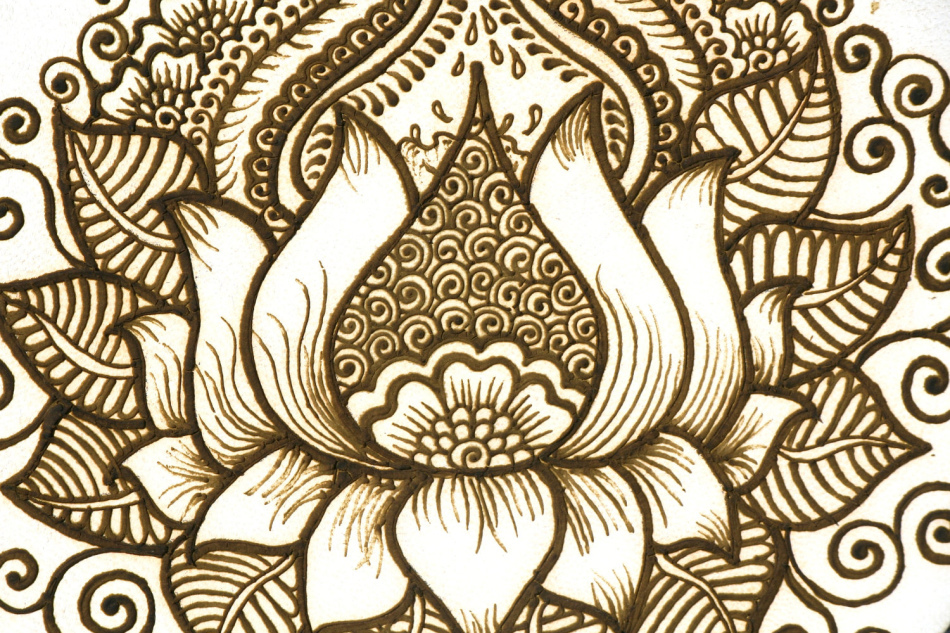 Lotus is a lucky charm
Lotus is a lucky charm 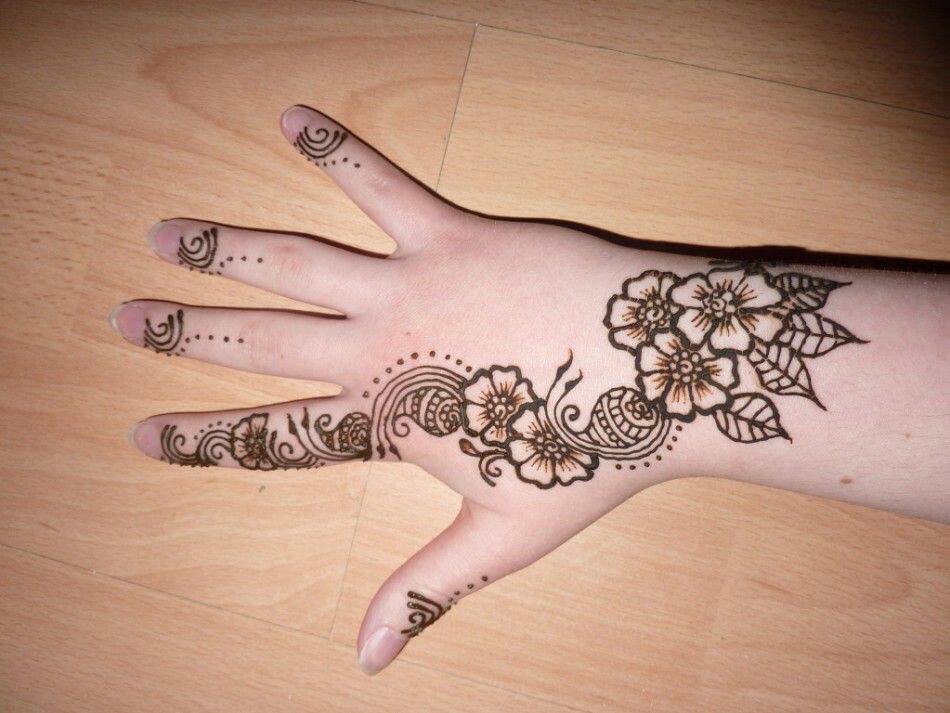 Flowers are a new life
Flowers are a new life 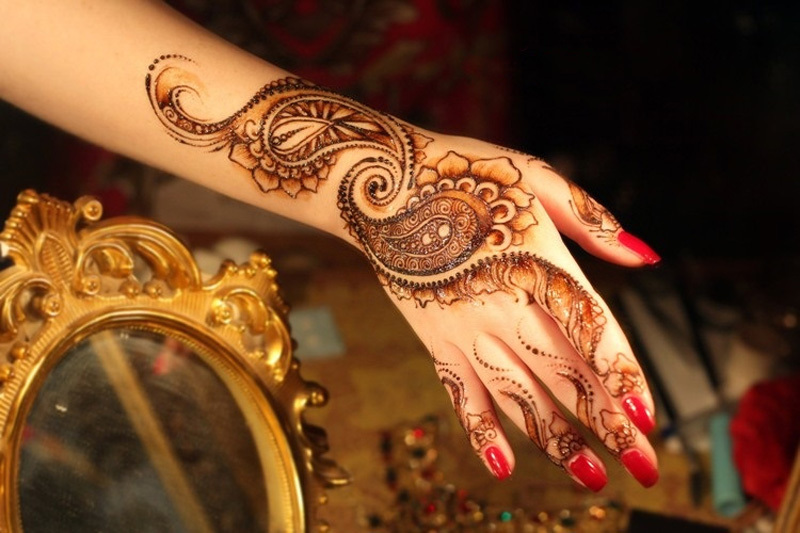 Turkish cucumber is a sign of development,energy, happiness, prosperity and immortality
Turkish cucumber is a sign of development,energy, happiness, prosperity and immortality 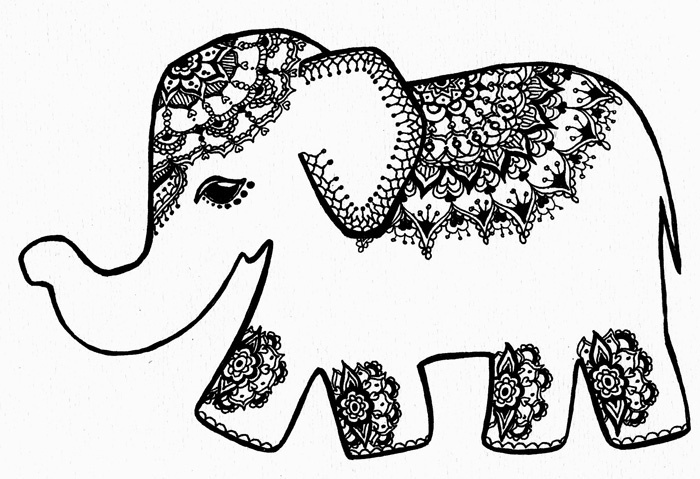 Elephant - power, power, dominance, mind, dignity, fertility, immortality, happiness and all-round kindness
Elephant - power, power, dominance, mind, dignity, fertility, immortality, happiness and all-round kindness 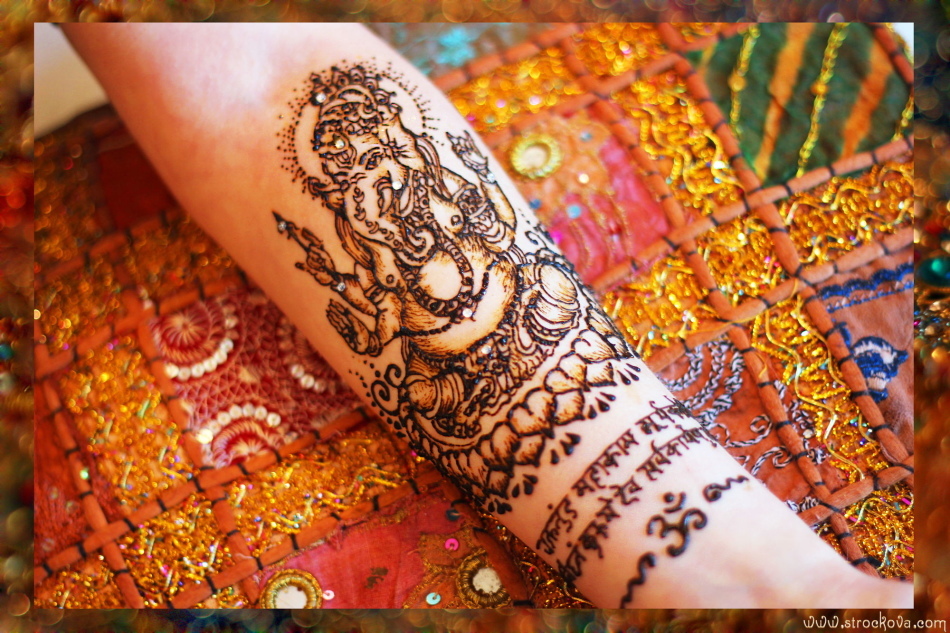 Shri Ganesha - symbol of wisdom, kindness and well-being
Shri Ganesha - symbol of wisdom, kindness and well-being 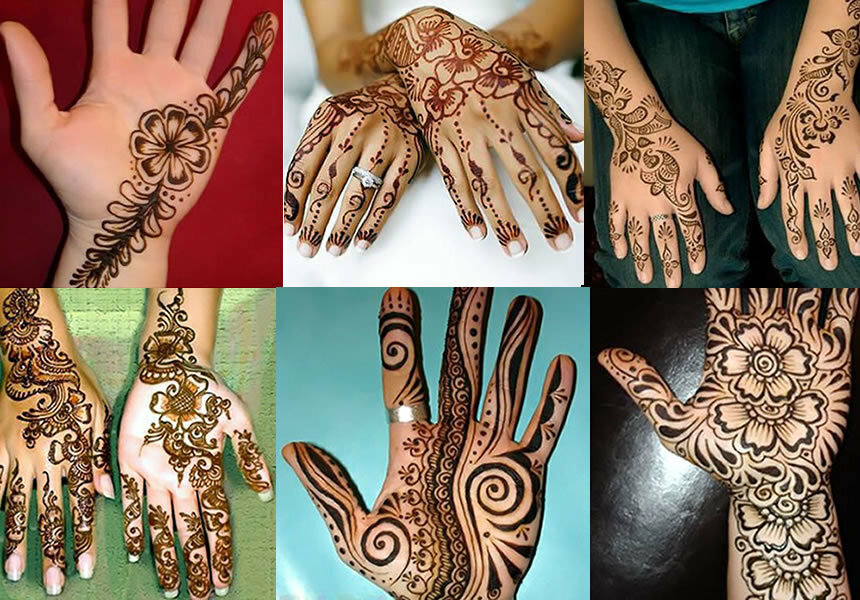 Helix - symbolself-knowledge
Helix - symbolself-knowledge How to draw mehendi on the hand in stages?
 How to draw mehendi in your hands in stages?
How to draw mehendi in your hands in stages? As mentioned above, it is better to buy henna for mehendi in special packages in ready-made form. This will be a 100% guarantee of rich color and duration of the effect. In addition, it is possible to apply such henna directly from the package, simply by cutting off its tip.
If you still decide to cook their henna yourself, then you need to know a few rules:
- to buy henna better in hermetically sealed packages, since henna by weight lose its coloring abilities due to constant contact with air
- henna forcoloring of hair is not suitable for painting the skin
- henna is better to buy natural - synthetic henna can cause allergy
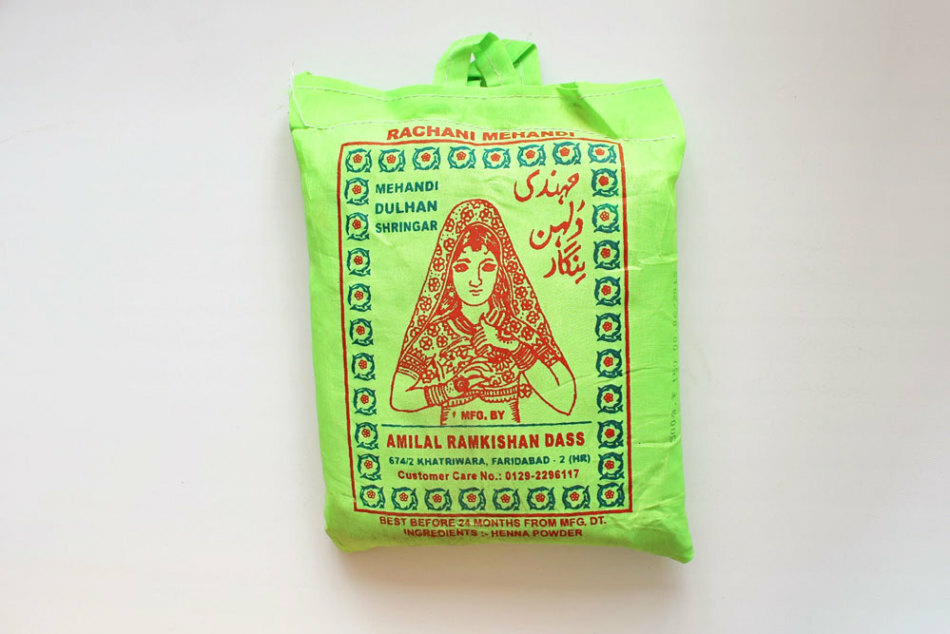 Preparation of henna for mehendi
Preparation of henna for mehendi Process for preparation of gruel for mehendi from henna:
- Brew strong black tea( three teaspoonstea per half liter of water)
- Boil the tea on a small fire for five to ten minutes
- Filter the tea
- In forty grams of henna, gradually pour in the brewed tea, continuously mixing the resulting gruel
- Add to the Henna solution two spoons of lemon juice and a couple drops of eucalyptus oil ormehendi
- The resulting mixture of toothpaste consistency needs to be cleaned in a refrigerator for four hours.
- In a sealed package, the paste is stored for up to three weeks, and frozen for up to four months.
For cooking pasta from henna,but to use and easier ways: mix tea and lemon juice in a ratio of one to one and add to them henna. Instead of tea, you can use coffee. Some mahandi masters add sugar to the paste to increase its viscosity.
In general, it should be said that every master has his own recipe for pasta for mehendi. Many of the creators of the mehendi keep in the strictest secrecy the subtlety of preparing their own stable solution of henna.
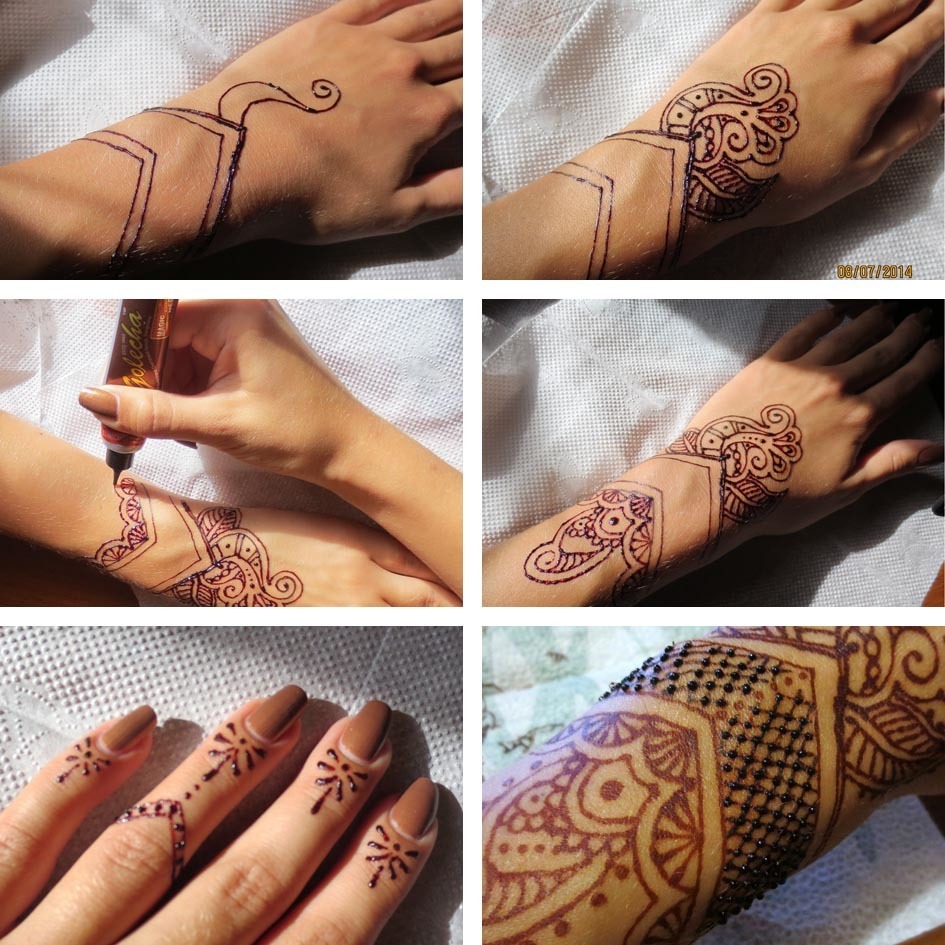 Applying henna to the skin
Applying henna to the skin Step-by-step execution of the mehendi pattern on the arm:
- Before applying the pattern, we perform a skin sensitivity test for the solution of henna. For this, a small amount of paste is applied to the inside of the elbow and wait half an hour. If during the test there was no skin reaction to henna, we begin preparation of the skin area on which the
- pattern is directly applied. The skin is thoroughly washed with soap, you can even use the scrub
- for this purpose. Remove unnecessary vegetation from the desired skin area
- Before applying the patternlubricate the skin with eucalyptus oil or special oil for mehendi
- Begin drawing the pattern from the major main lines, and then supplement the drawing with small elements
- Apply mehendi directly frompackage, or can be with the help of special brushes or rods
- The paste layer applied to the skin should be at least two millimeters
- If any mistakes are made in the drawing process, remove it with the cotton swab
- After completing the henna pattern on the skinleave for one hour
- At the end of this time, with a blunt side of the knife or a special scraper, remove the dry paste from the skin
- You can only wet the mehendi pattern after eight hours, therefore it is recommended to perform it before going to bed
Mehendi sketcheson the hand for beginners
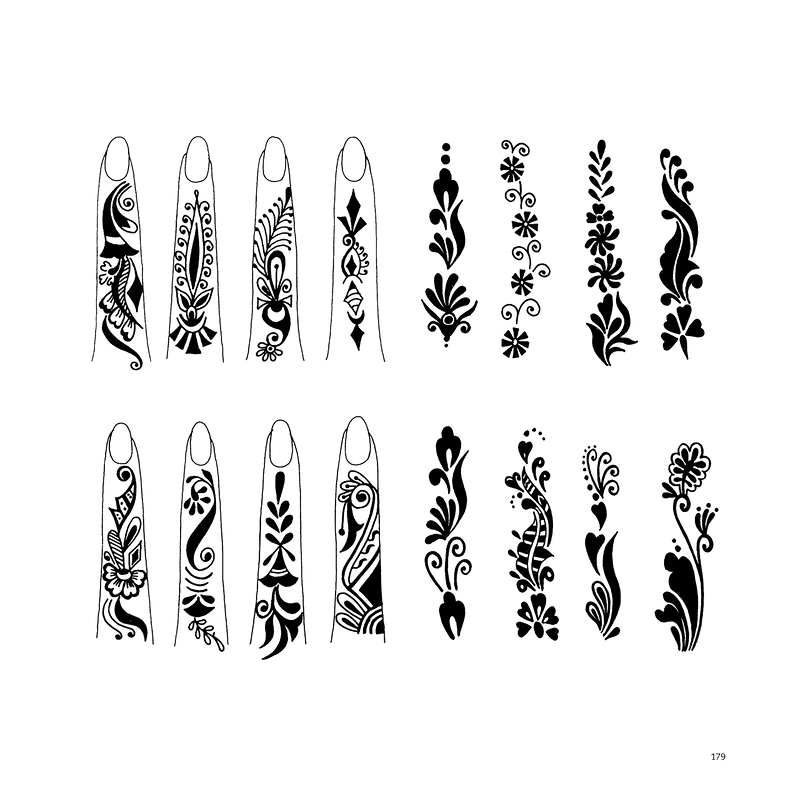 Sketches of mehendi on the hand for beginners
Sketches of mehendi on the hand for beginners  Sketches of mehendi on the hand for beginners
Sketches of mehendi on the hand for beginners 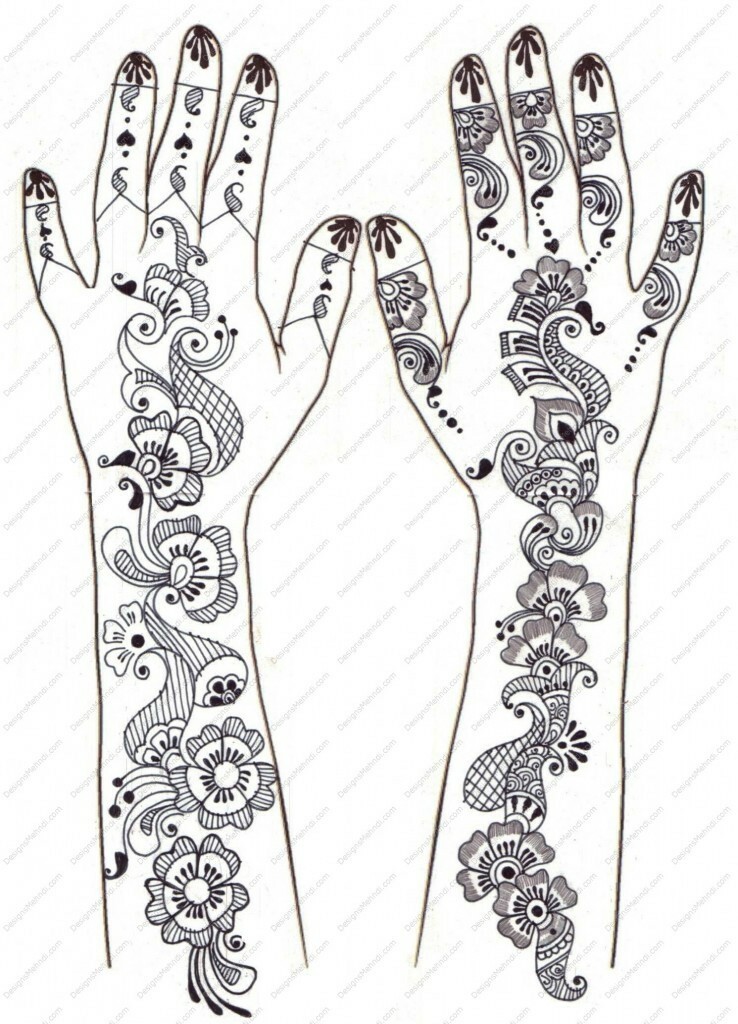 Sketches of mehendi on the hand for beginners
Sketches of mehendi on the hand for beginners Sketches of mehendi on the foot for beginners
 Sketches of mehendi on the foot for beginners
Sketches of mehendi on the foot for beginners 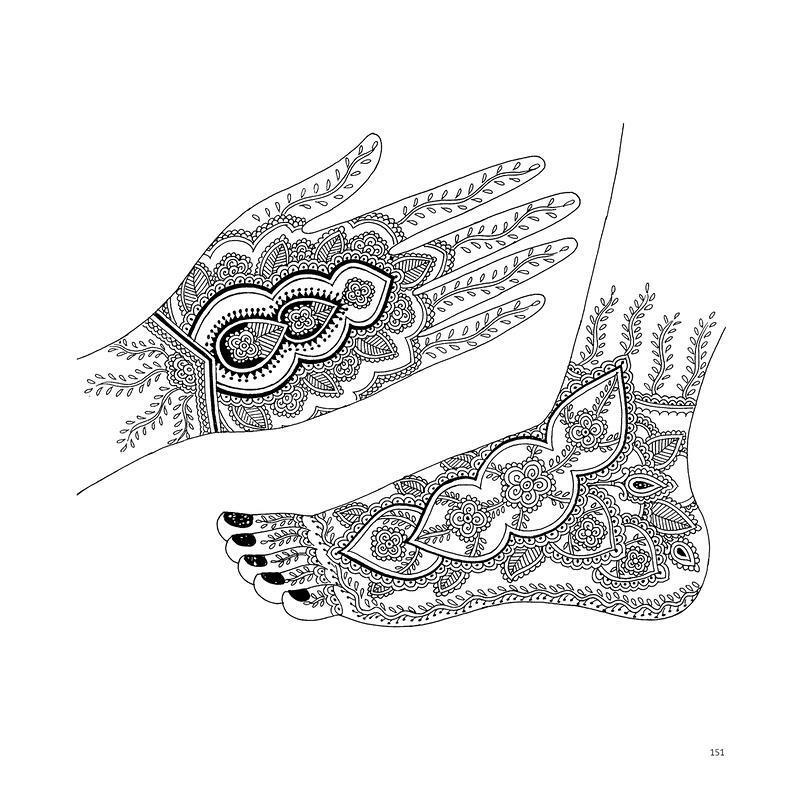 Sketches of mehendi on the foot for beginners
Sketches of mehendi on the foot for beginners Stencils on hand for mehendi
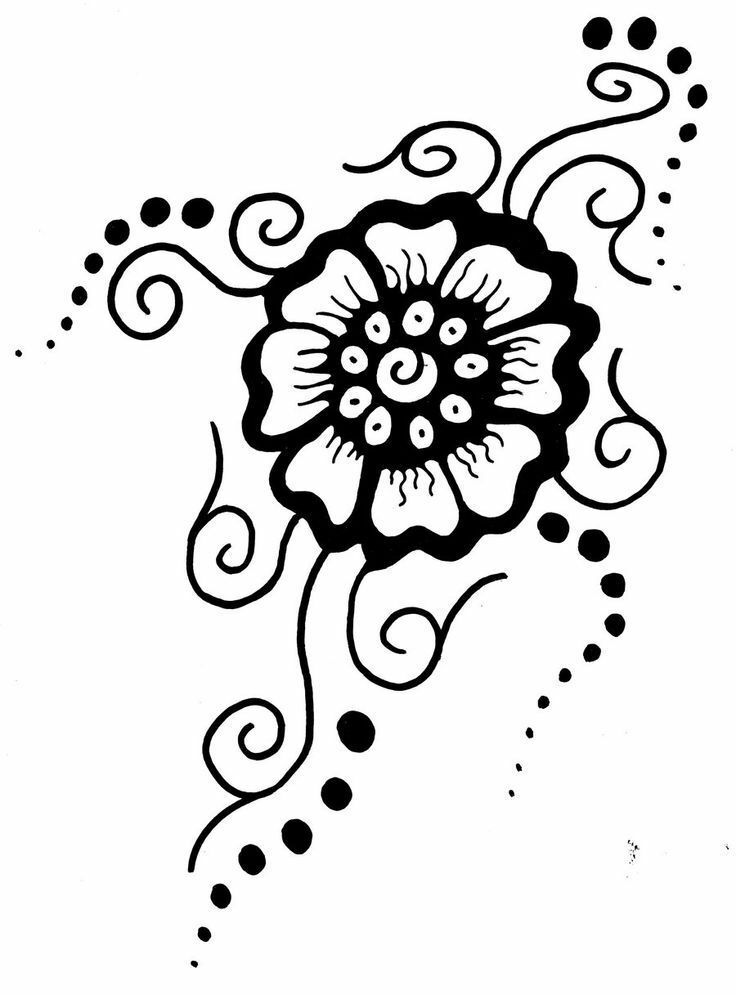 Stencils on hand for mehendi
Stencils on hand for mehendi  Stencils on hand for mehendi
Stencils on hand for mehendi  Stencils on hand for mehendi
Stencils on hand for mehendi Stencils on the leg for mehendi
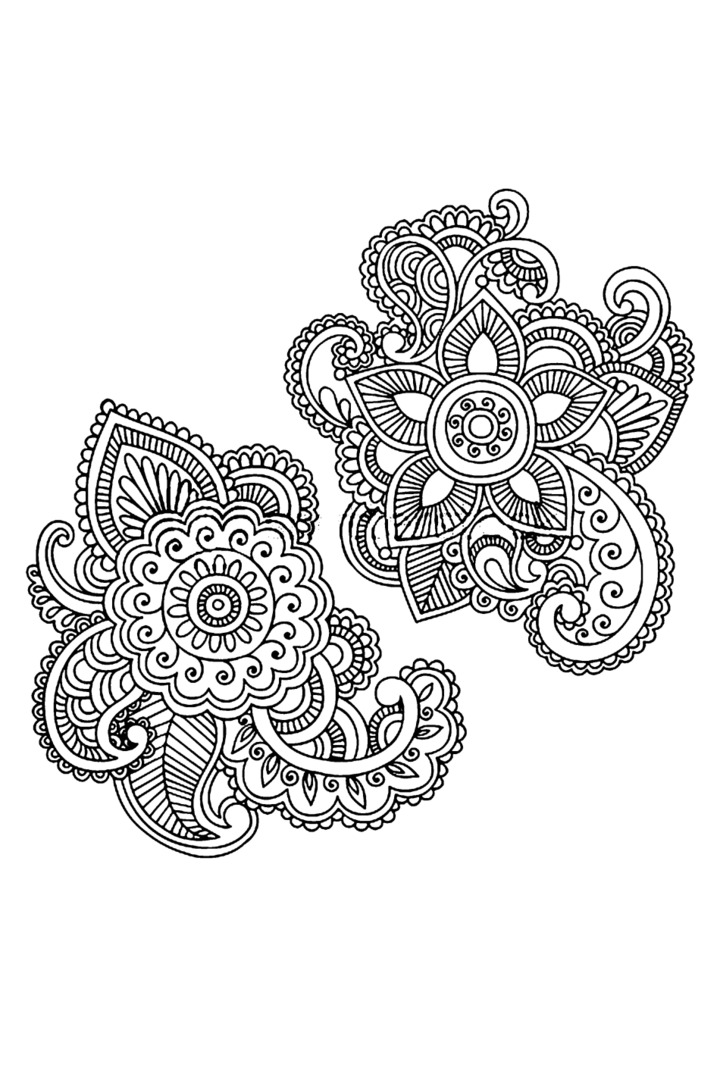 Stencils on foot dI mehendi
Stencils on foot dI mehendi 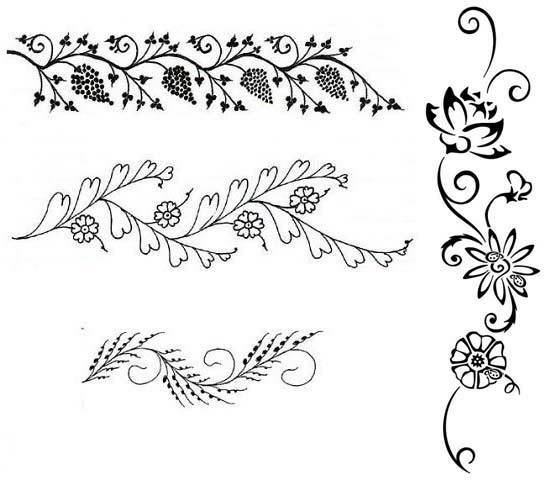 Stencils on the leg for mehendi
Stencils on the leg for mehendi  Stencils on the leg for mehendi
Stencils on the leg for mehendi Beautiful mehendi on the hands and feet: photo
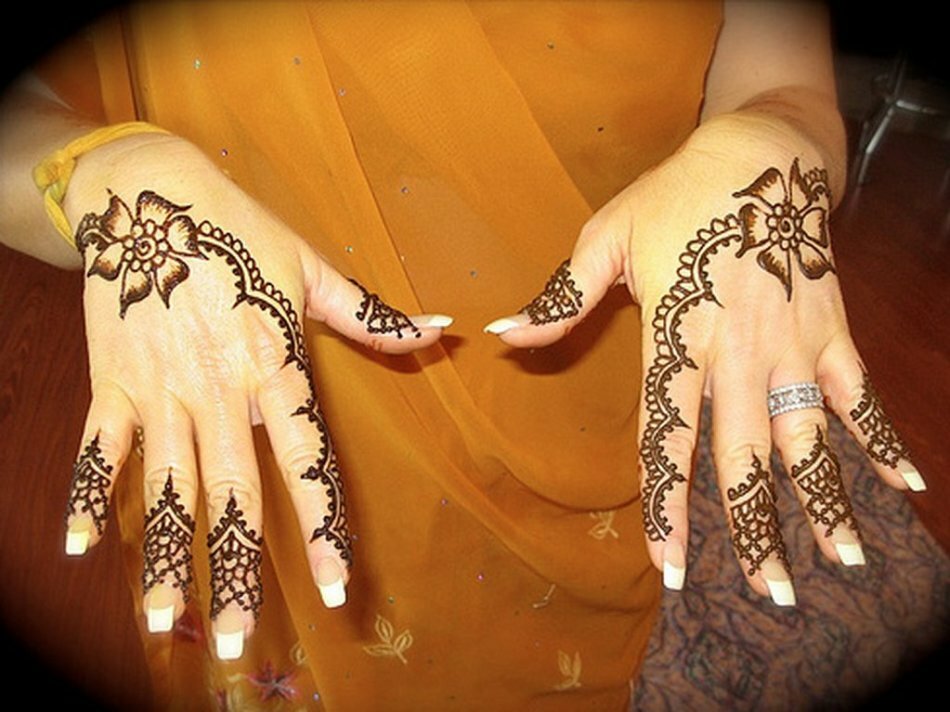 Beautiful mehendi on the hands of
Beautiful mehendi on the hands of  Beautiful mehendi on the hands of
Beautiful mehendi on the hands of  Beautiful mehendi on the hands of
Beautiful mehendi on the hands of 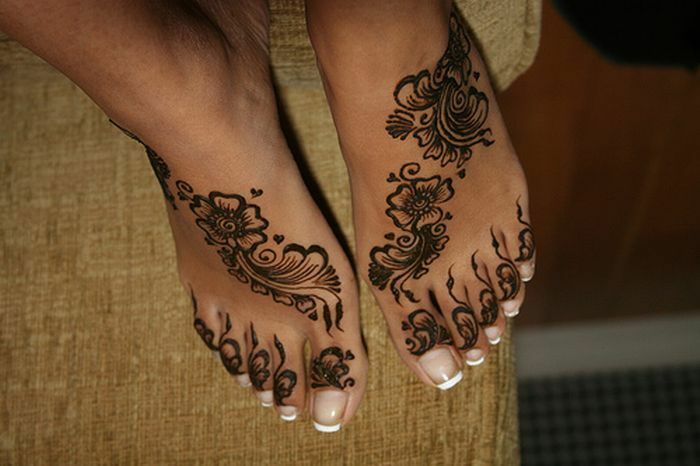 Beautiful mehendi on the legs
Beautiful mehendi on the legs 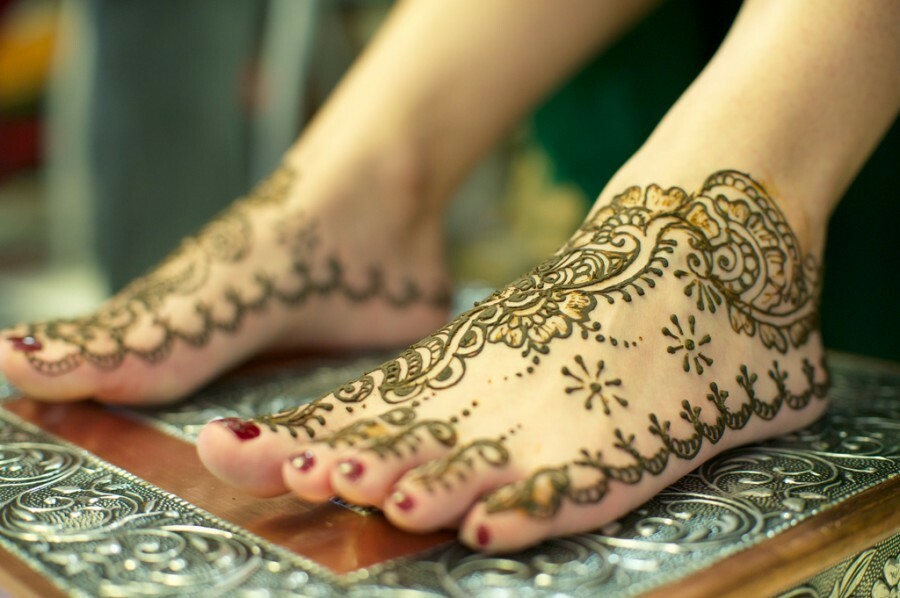 Beautiful mehendi on the legs
Beautiful mehendi on the legs Whitemehendi on the hand: photo
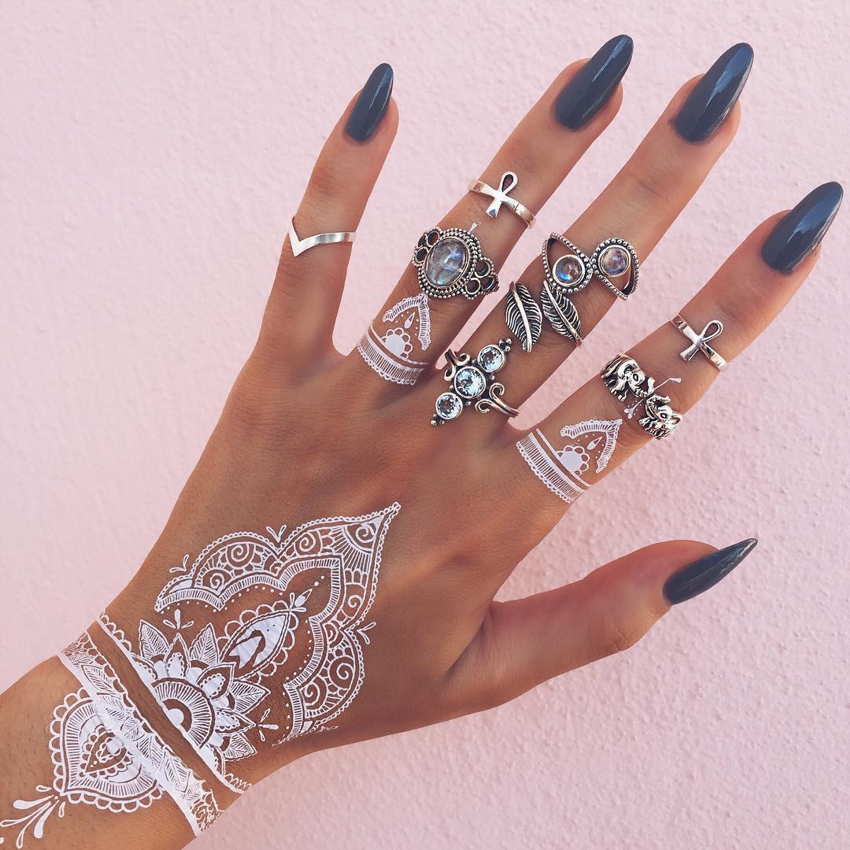 White mehendi on the hand
White mehendi on the hand 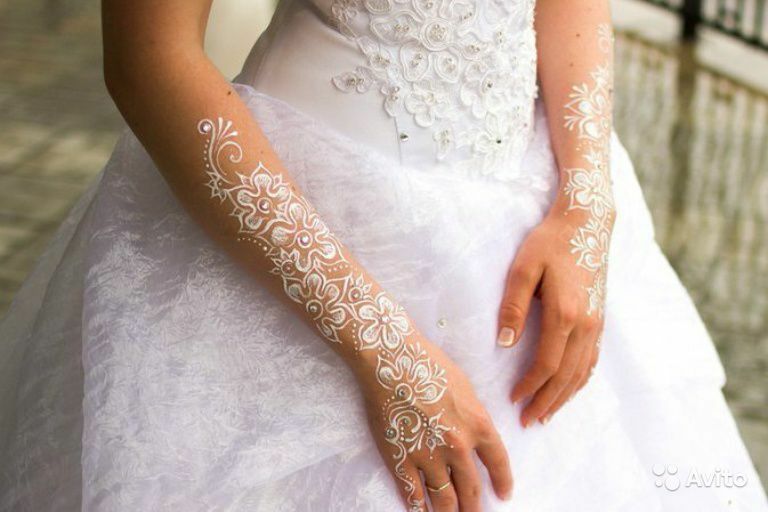 White mehendi on the hand
White mehendi on the hand 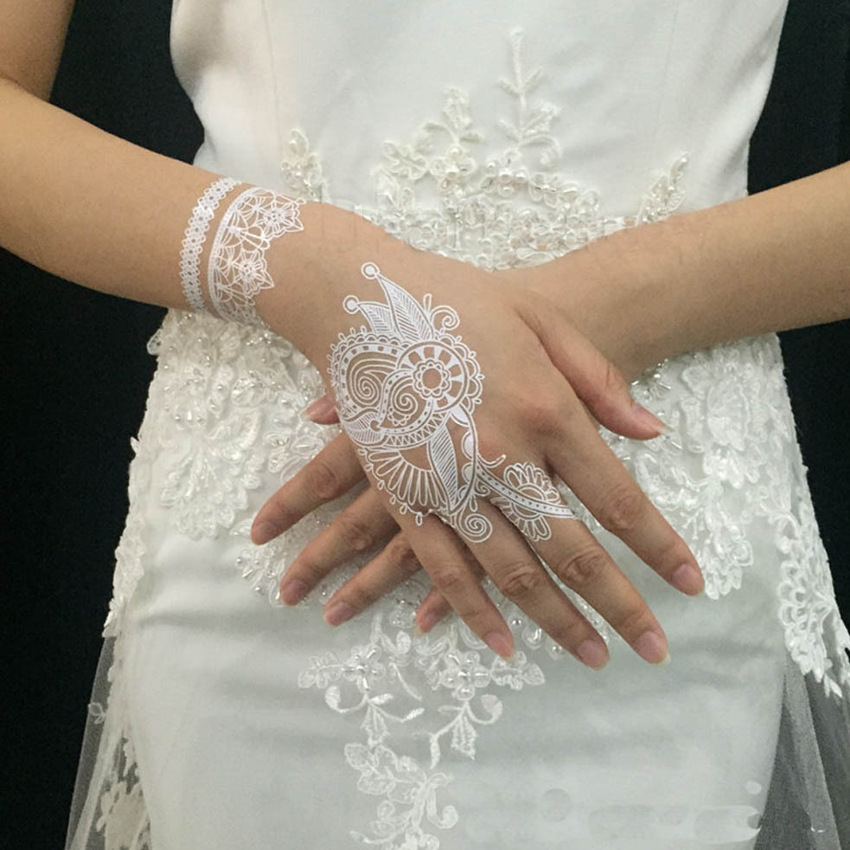 White mehendi on the hand
White mehendi on the hand The white mehendi is made with white acrylic paint, the so-called glitter. This paint is made without the use of henna, because this pattern will not last as long as a drawing made with henna.
How long does a mehendi last?
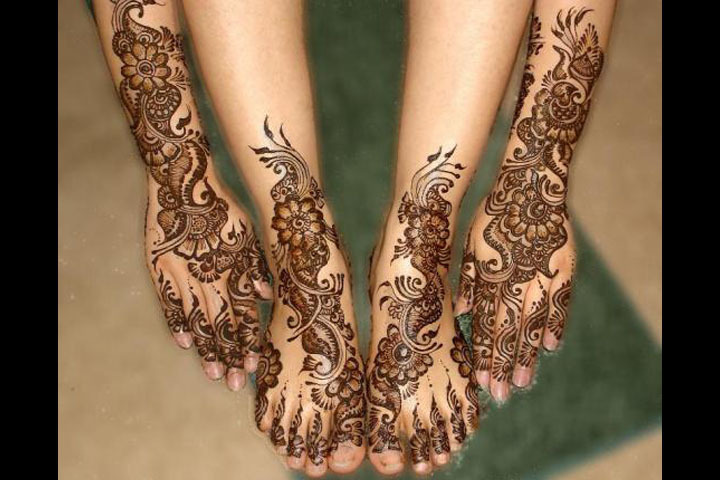 How long does a mehendi last?
How long does a mehendi last? - If after the procedure to comply with all the recommendations, the mehendi can last at least two weeks. The maximum time of the drawing is four weeks.
- . If the mehendi is to be kept as long as possible, it should not be wetted, scratched, rubbed or scrubbed for as long as possible
- If the mehendi is made glitter, it will last until the first contact with water, as acrylicthe paint does not penetrate the skin, that is does not stain it
How to erase the mehendi?
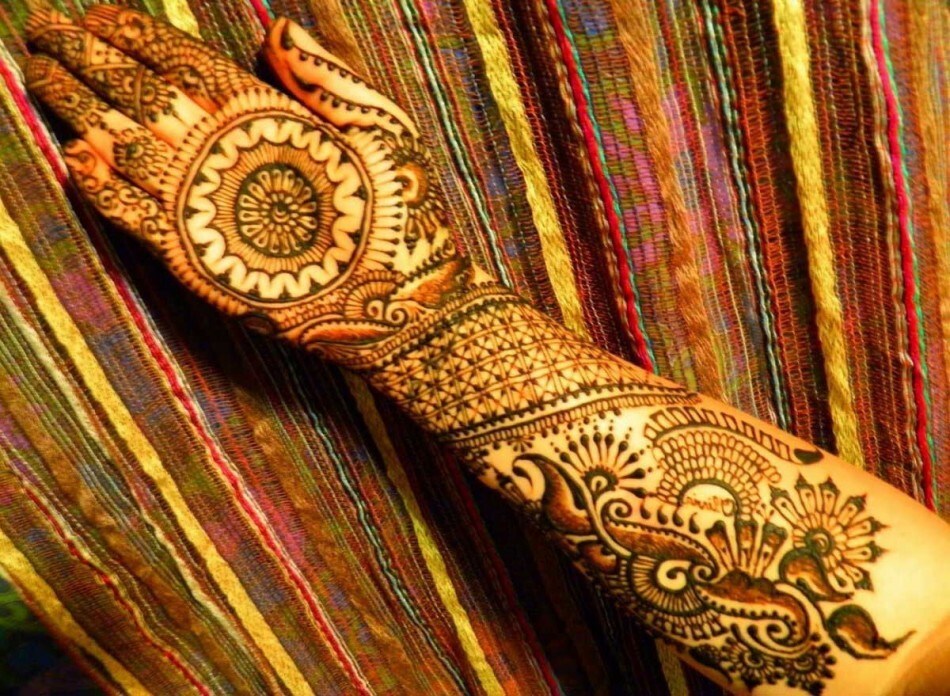 How to erase mehendi?
How to erase mehendi? Remove mehendi completely right after the procedure is almost impossible. But you can weaken the color and blur the picture. Discoloration and removal of the pattern is facilitated by the following manipulations:
- going to the bath
- steaming in the bathroom and rubbing the place of the drawing with lemon juice
- intensive rubbing of the place with mehendi wool
- skin scrubbing
- rubbing the place of drawing with alcohol
- rubbing the place of drawing with nail polish remover with acetone
- rubbing the place of drawingwith hydrogen peroxide
Mehendi for men on hand
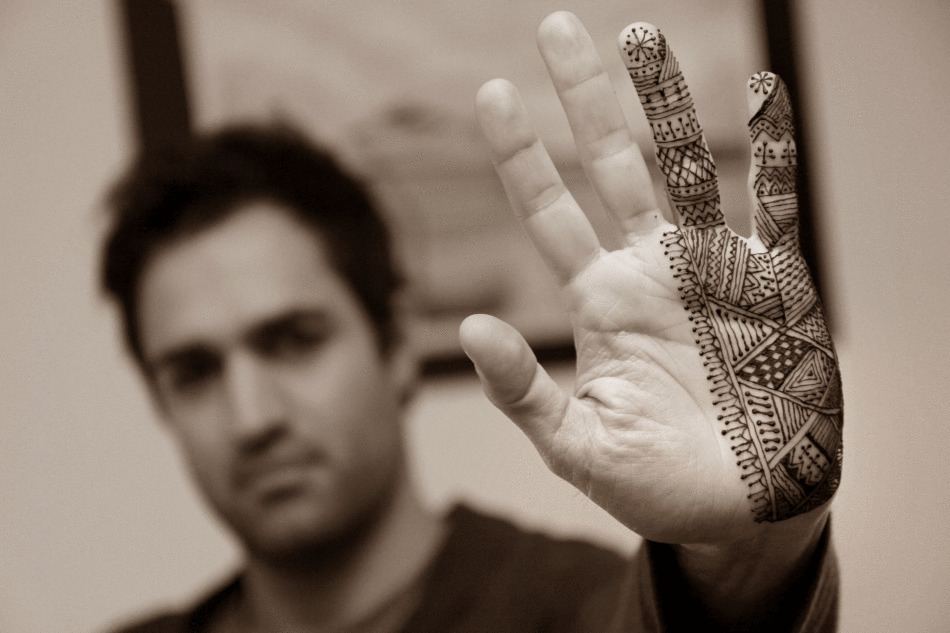 Mehendi for men on hand
Mehendi for men on hand 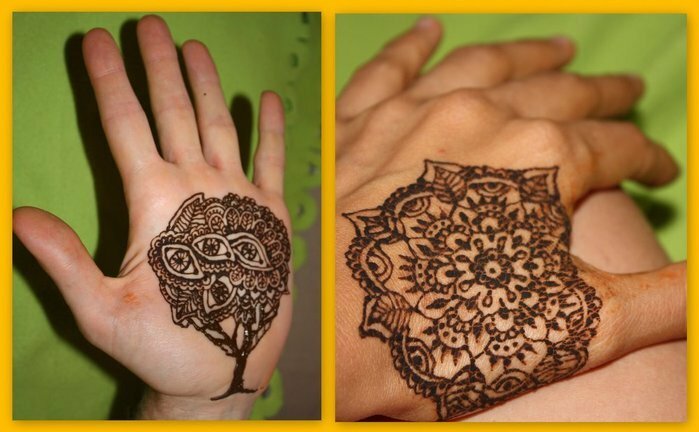 Mehendi for men on hand
Mehendi for men on hand The most ardent fans of mehendi art are women. They love to transform their bodies with such beautiful ornaments for various kinds of events, trips to vacations, photo shoots and even weddings.
However, in addition to women, men can decorate their bodies with beautiful patterns with a semantic load. For them in the collection of mehendi there are also ornaments and patterns, emphasizing their strength, courage, self-esteem and heroism.
